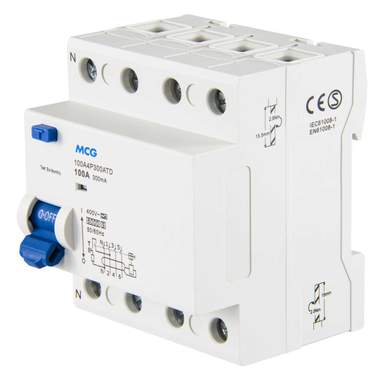I am helping a local football club who are having some issues with Zs being too high on the submain. They have the supply Henley blocked into a 100amp TP switch fuse (BS88-2) which then feeds a 35mm 4 core SWA 95m to an isolator in another building which is being built. The Ze at the incomer from the DNO is 0.27 (TN-C-S) and the Zs at the isolator is 0.47. This exceeds the max permitted and from my calculations to get it within parameters, they would need to run a 70mm separate earth to supplement the current earthing. Given the higher Ze (although it is within limits), only leaves around 0.07 for an r1+r2 reading, and given the length of run doesn't leave much room to play with.
This will be extremely costly so I wanted to see if there were any other options we could explore first.
Any ideas and help would be much appreciated.
This will be extremely costly so I wanted to see if there were any other options we could explore first.
Any ideas and help would be much appreciated.









